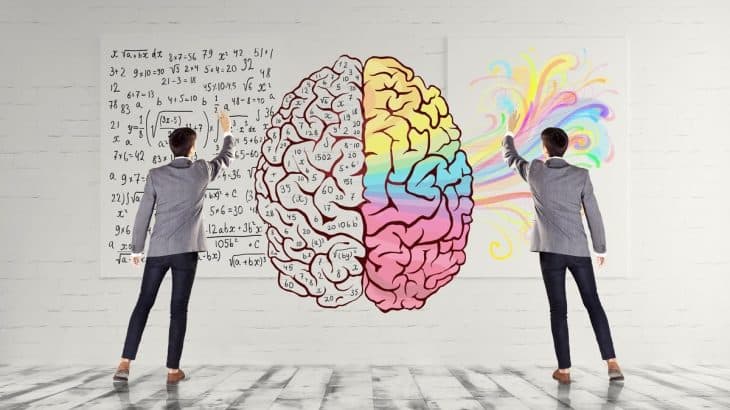Introduction
In the world of modern business, Human Resources Management (HRM) plays a pivotal role in shaping the success and efficiency of any organization. It is a multifaceted discipline that deals with the recruitment, training, development, and management of the workforce. However, the question that has intrigued professionals and academics alike is whether HRM is an art or a science. In this comprehensive article, we delve deep into the complexities of HRM, analyzing its various aspects, and explore whether it leans more towards being an art form or a scientific endeavor.
The Artistic Elements of HRM
At its core, HRM involves dealing with individuals, each unique in their skills, personalities, and ambitions. This aspect introduces an undeniable artistic flair to the practice of HRM. HR professionals are akin to talented painters, skillfully blending various hues to create a harmonious and productive work environment.
- Recruitment and Talent Acquisition
One of the primary responsibilities of HRM is recruiting the right talent for an organization. In this process, HR professionals must exhibit a keen eye for talent, much like an artist spotting potential in a raw canvas. The ability to identify and attract individuals who align with the company’s values and objectives is an artistic skill that can drive a company’s success. - Employee Engagement and Motivation
An HR manager’s role extends beyond hiring; they must also ensure that employees remain engaged and motivated. Like a conductor leading an orchestra, HR professionals orchestrate engagement strategies to harmonize the efforts of the workforce, leading to increased productivity and job satisfaction. - Conflict Resolution and Mediation
Artists are known for their ability to navigate and resolve conflicts gracefully. Similarly, HR professionals act as mediators in the workplace, fostering a positive and cohesive work environment. By addressing conflicts with empathy and understanding, they create a nurturing space for employees to thrive.
The Scientific Aspects of HRM
While the artistic elements are undeniable, HRM is also firmly rooted in science. Data-driven decisions and evidence-based practices form the foundation of effective HR strategies. Let us explore some scientific aspects of HRM:
- Data Analytics and Workforce Planning
In the digital age, data is a precious commodity. HRM utilizes data analytics to make informed decisions regarding workforce planning, talent development, and employee performance evaluation. By analyzing data, HR professionals can identify trends and patterns, making HRM a scientific and data-backed discipline. - Psychometric Assessments
To assess candidates’ suitability for a role, HR professionals employ psychometric assessments. These standardized tests provide valuable insights into candidates’ personalities, cognitive abilities, and emotional intelligence. By relying on these objective measures, HRM becomes more empirical and scientific in its approach. - Training and Development Programs
HRM designs training and development programs based on the organization’s needs and employees’ skill gaps. These programs are backed by extensive research and analysis, ensuring that they are effective in enhancing employee performance and productivity.
The Synergy between Art and Science in HRM
As we delve deeper into the realm of HRM, it becomes evident that it is neither purely an art nor an exact science. Instead, it thrives on the synergy between these seemingly contrasting domains.
- The Art of Communication
Effective communication lies at the heart of HRM. HR professionals must communicate with employees, management, and other stakeholders with clarity, empathy, and understanding. This art of communication enables them to foster strong relationships and build trust within the organization. - The Science of Performance Management
While performance management involves setting goals and evaluating performance, it also requires HR professionals to tailor their approach to each employee’s unique strengths and weaknesses. Striking the right balance between objective evaluation and individualized attention is an art that complements the scientific aspect of performance management. - Innovative HR Technologies
Advancements in technology have revolutionized HRM, providing access to sophisticated tools for recruitment, performance analysis, and employee engagement. HR professionals must artfully integrate these technologies into their practices while leveraging the data-driven insights they provide.
Conclusion
In conclusion, Human Resources Management is an intricate blend of art and science. It requires the finesse of an artist to navigate the complexities of human interactions and the analytical rigor of a scientist to make informed decisions. Both aspects are essential for crafting a thriving and successful workforce within an organization.







